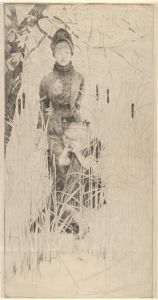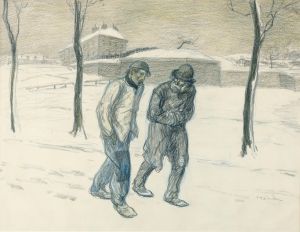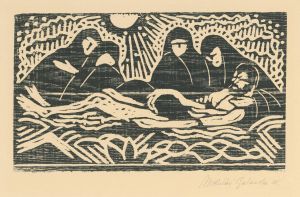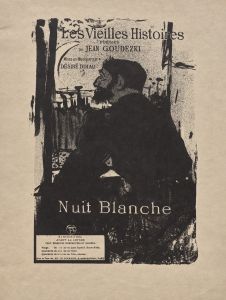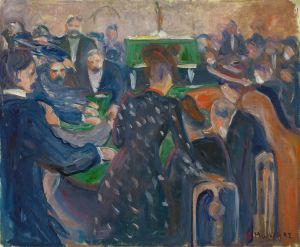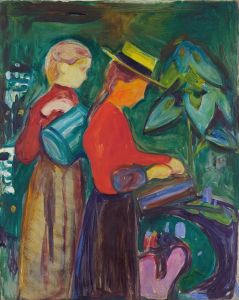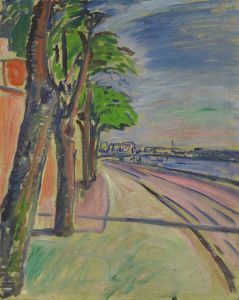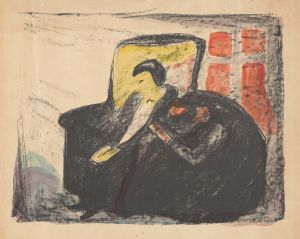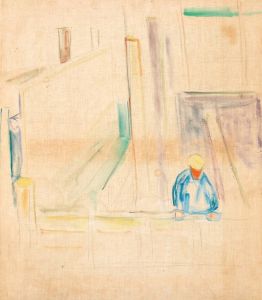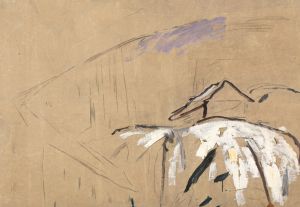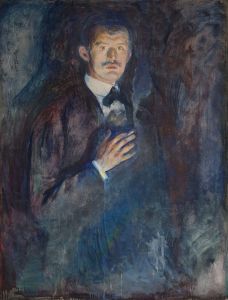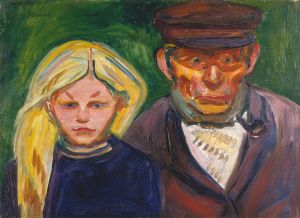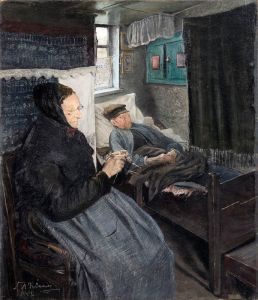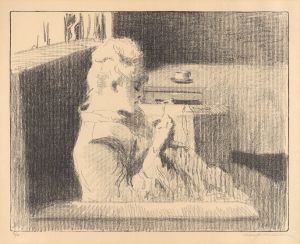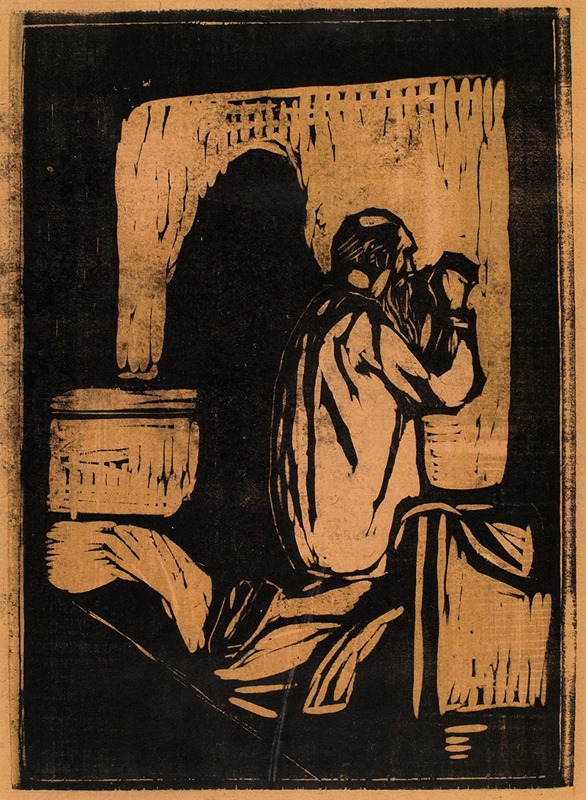
Old Man Praying
A hand-painted replica of Edvard Munch’s masterpiece Old Man Praying, meticulously crafted by professional artists to capture the true essence of the original. Each piece is created with museum-quality canvas and rare mineral pigments, carefully painted by experienced artists with delicate brushstrokes and rich, layered colors to perfectly recreate the texture of the original artwork. Unlike machine-printed reproductions, this hand-painted version brings the painting to life, infused with the artist’s emotions and skill in every stroke. Whether for personal collection or home decoration, it instantly elevates the artistic atmosphere of any space.
Edvard Munch, a Norwegian painter and printmaker, is renowned for his evocative and emotional works that often explore themes of existentialism and human psychology. While Munch is best known for his iconic painting "The Scream," his oeuvre includes a wide range of subjects and styles. One of his lesser-known works is "Old Man Praying," which reflects his continued exploration of human emotion and experience.
"Old Man Praying" is a painting that captures the introspective moment of an elderly man engaged in prayer. The artwork is characterized by Munch's distinctive style, which often includes bold colors, expressive brushwork, and a focus on the emotional state of his subjects. In this painting, Munch employs a somber palette, utilizing muted tones to convey the solemnity and introspection of the scene. The old man is depicted with his hands clasped in prayer, his head bowed, and his expression one of deep contemplation or supplication.
The composition of "Old Man Praying" is simple yet powerful. Munch's use of light and shadow adds depth to the figure, emphasizing the contours of the man's face and hands. The background is typically minimalistic, drawing the viewer's attention to the central figure and his emotional state. This focus on the individual and their inner world is a hallmark of Munch's work, reflecting his interest in the psychological and spiritual dimensions of human life.
Munch's exploration of themes such as anxiety, mortality, and spirituality can be traced back to his own life experiences. Born in 1863 in Loten, Norway, Munch faced numerous personal tragedies, including the early deaths of his mother and sister. These events had a profound impact on his artistic vision, leading him to explore the darker aspects of human existence. "Old Man Praying" can be seen as part of this broader exploration, capturing a moment of personal reflection and spiritual seeking.
Throughout his career, Munch was influenced by various art movements, including Symbolism and Expressionism. His work often defied traditional artistic conventions, focusing instead on conveying emotional truth. "Old Man Praying" exemplifies this approach, as Munch prioritizes the emotional resonance of the scene over realistic representation.
Munch's art was not always well-received during his lifetime, with some critics finding his work too intense or unsettling. However, his unique vision and innovative techniques have since earned him recognition as a pioneer of modern art. Today, Munch's paintings are celebrated for their ability to capture the complexities of the human experience, and "Old Man Praying" is a testament to his enduring legacy.
In summary, "Old Man Praying" by Edvard Munch is a poignant exploration of spirituality and introspection. Through his use of expressive brushwork and a focus on the emotional state of his subject, Munch creates a powerful image that resonates with viewers. The painting reflects Munch's broader artistic themes and his commitment to exploring the depths of human emotion.





